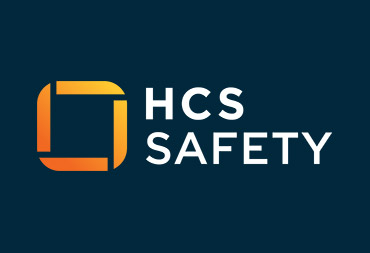In the construction and maintenance industries, scaffolding is pivotal in ensuring worker safety and facilitating efficient operations at heights. Scaffolding requirements are stipulated in the Work at Height Regulations 2005 and in TG20:21.
As part of these regulations, it’s crucial to maintain and inspect scaffolding to ensure its safety.
Quality scaffolding training helps businesses comply with the law and protect workers and members of the public.
Here, we delve into best practices for scaffolding inspection.
What Are the Scaffolding Inspection Rules?
HSE specifies that scaffolding should be inspected before it is used for the first time on site and then at least every 7 days. This continues until the scaffolding is removed.
Additionally, scaffolding should be inspected each time it is exposed to conditions likely to cause deterioration, including bad weather or alterations to the scaffold structure.
Here’s what inspecting scaffolding involves:
1. Comprehensive Scaffolding Training
Before embarking on any inspection task, it’s vital to ensure that the personnel are adequately trained.
The HCS Safety Scaffold Inspection training course is a commendable starting point for those seeking thorough training. It’s designed to provide participants with both theoretical knowledge and practical skills.
2. Pre-Use Checks
All scaffolding inspections start with a pre-use check. This initial assessment ensures that no immediate dangers or visible defects exist before the structure is erected.
It’s especially crucial after any adverse weather events, as they might compromise the scaffolding’s integrity.
3. Systematic Inspection Routine
Rather than a sporadic assessment, a systematic routine of all scaffolds and related components ensures no part of the scaffold is overlooked.
This involves a bottom-to-top approach, starting from the foundation and moving upwards.
4. Detailed Documentation
A key component of any scaffolding inspection is detailed documentation, which is paramount to produce in the case of any issues or accidents.
Rigorous documentation clearly records the inspection’s findings and is an invaluable tool for tracking any recurring issues or patterns.
5. Use of Advanced Tools and Equipment
Trained scaffolders and health and safety inspectors are familiar with the advantages of using modern equipment like drones, which can help access hard-to-reach areas and provide a comprehensive overview of large scaffolding structures.
6. Periodic Inspections
Beyond the initial checks, it’s vital to conduct periodic inspections, at least every 7 days or after any significant event, like storms.
Regular reviews ensure that wear and tear, often missed in daily checks, are identified and addressed promptly.
7. Stay Updated
Standards and best practices are continually evolving.
Professionals should proactively seek updates, often by engaging themselves in up-to-date training.
8. Prioritise Communication
A practical scaffolding inspection doesn’t end at identifying issues. Reporting these findings, especially potential hazards, to the relevant stakeholders is essential.
This ensures timely rectifications and safeguards the well-being of everyone on the site.
Scaffolding Training
To maintain compliance with working from height regulations, organisations need to invest in scaffolding courses near me or explore scaffolding training courses.
Scaffolding inspections are not just about ticking off a checklist; they require a keen eye, comprehensive training, and a thorough understanding of industry best practices.
The HCS Safety training course is an excellent avenue for organisations looking to professionally control their scaffolding’s safety while meeting and exceeding their compliance responsibilities.
Professionals can ensure safety, efficiency, and longevity in every scaffolding project by providing proper training and following best practices.




